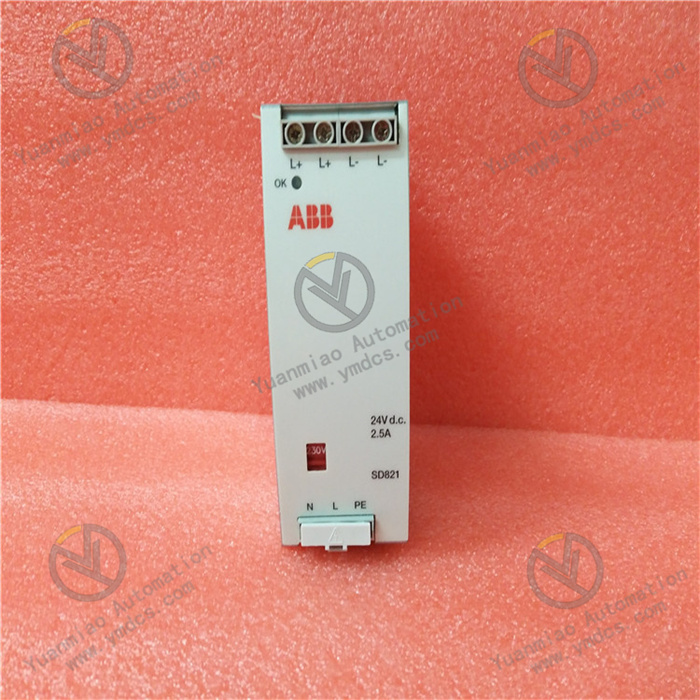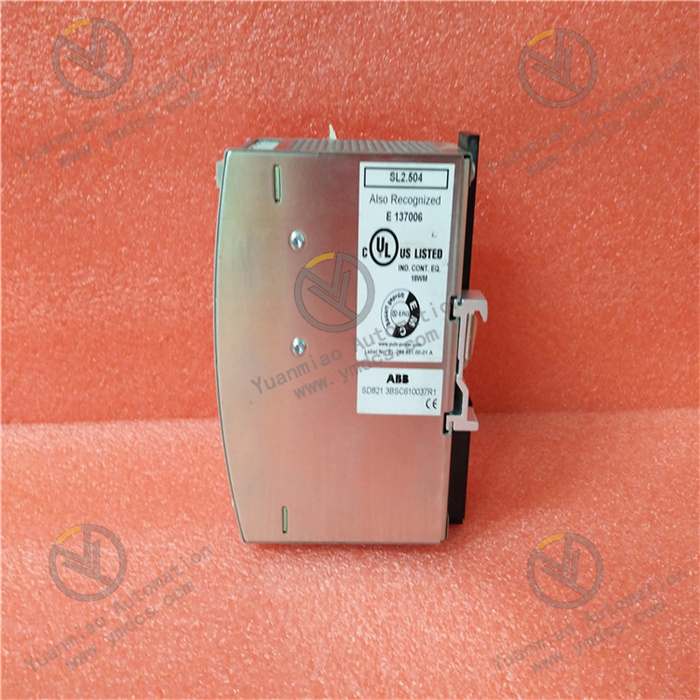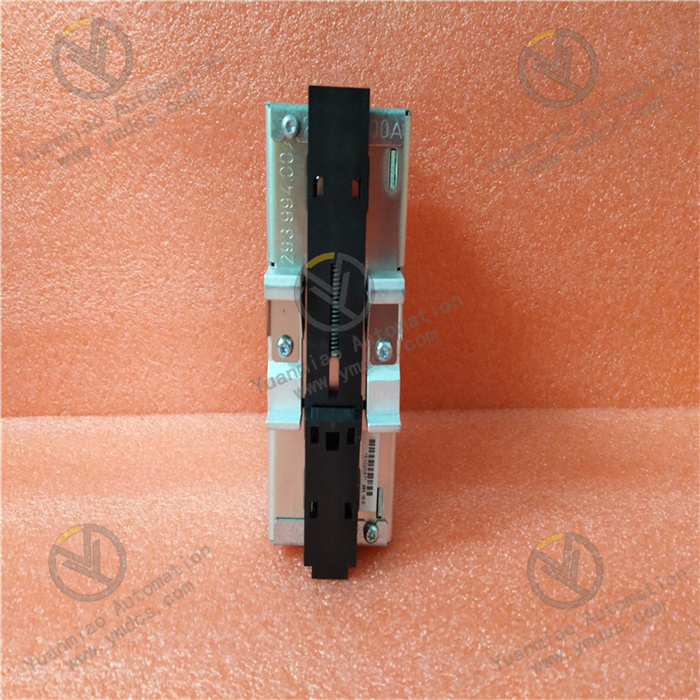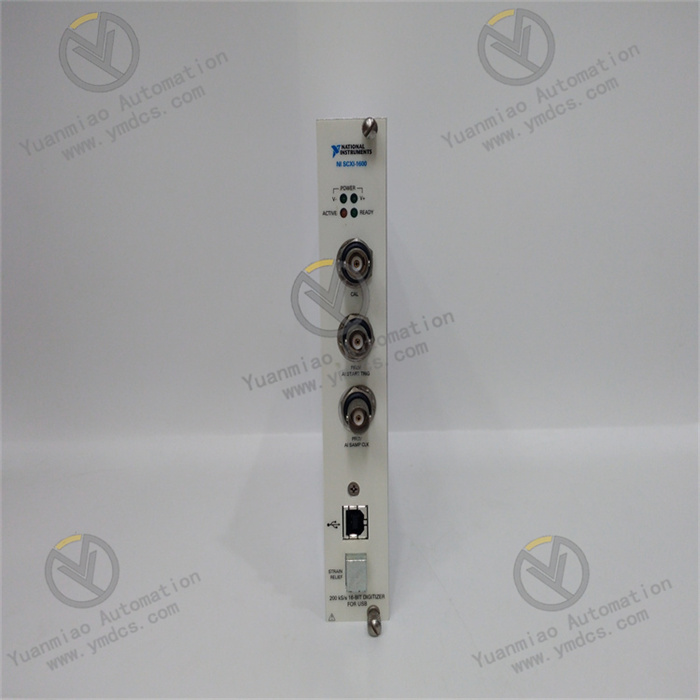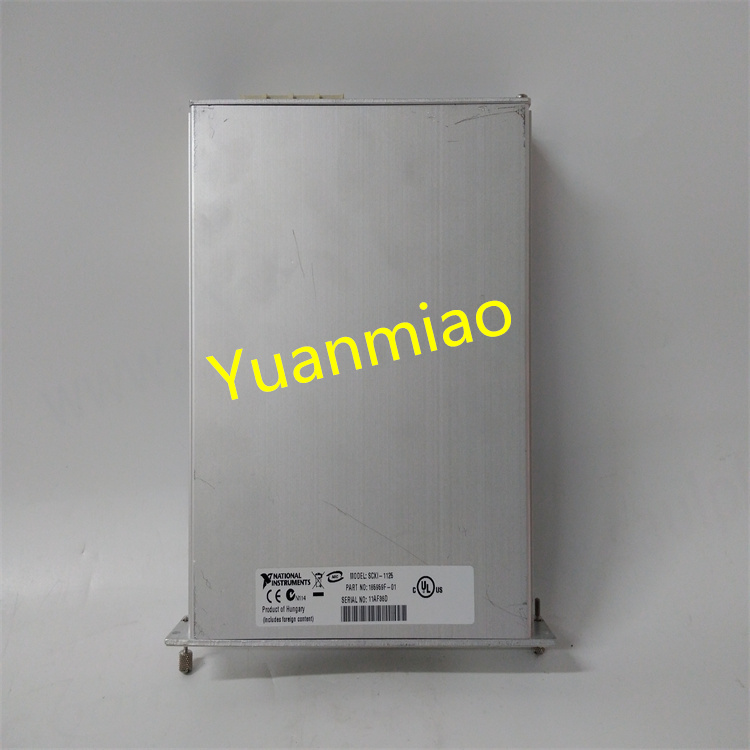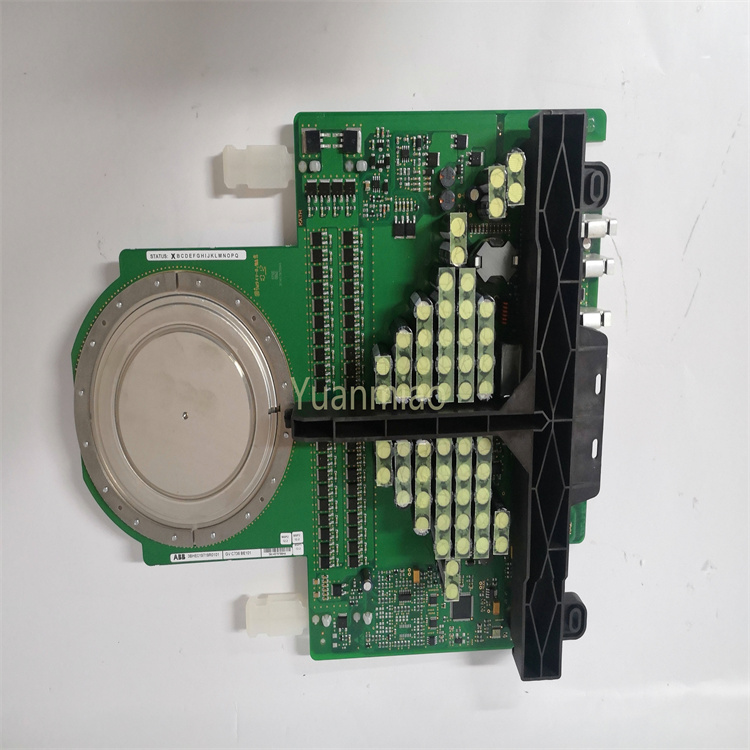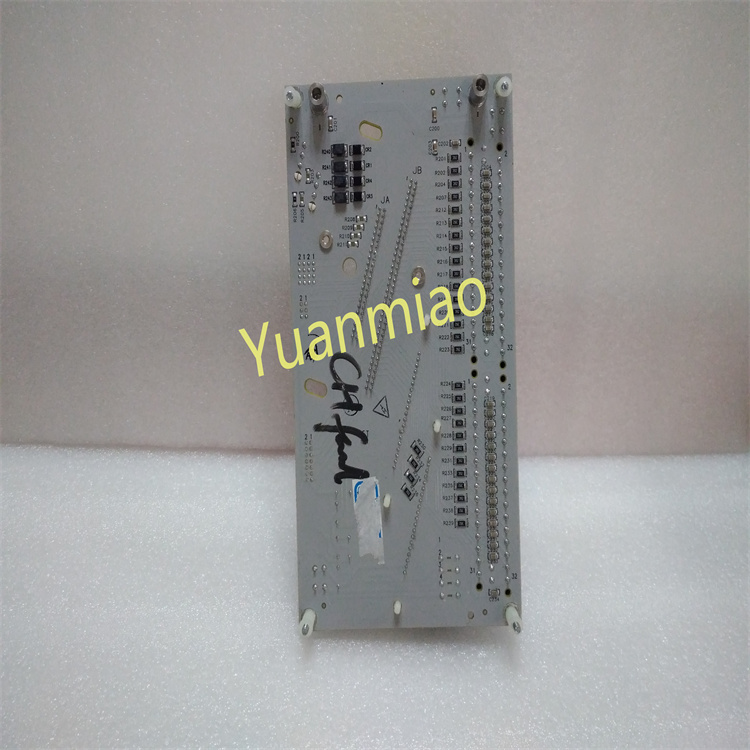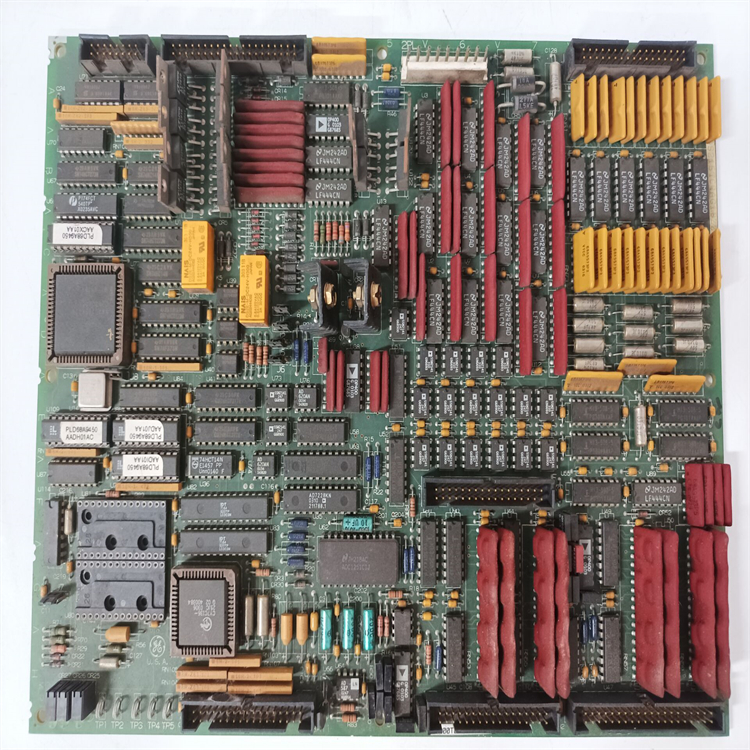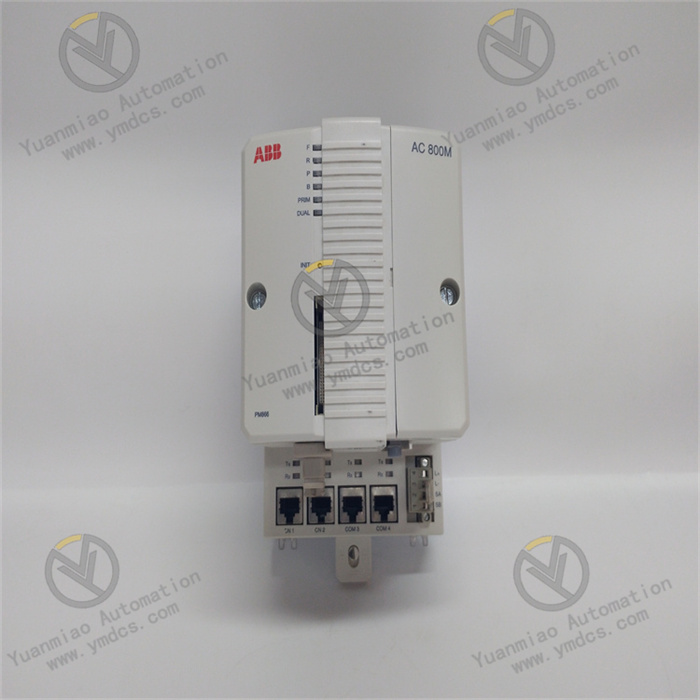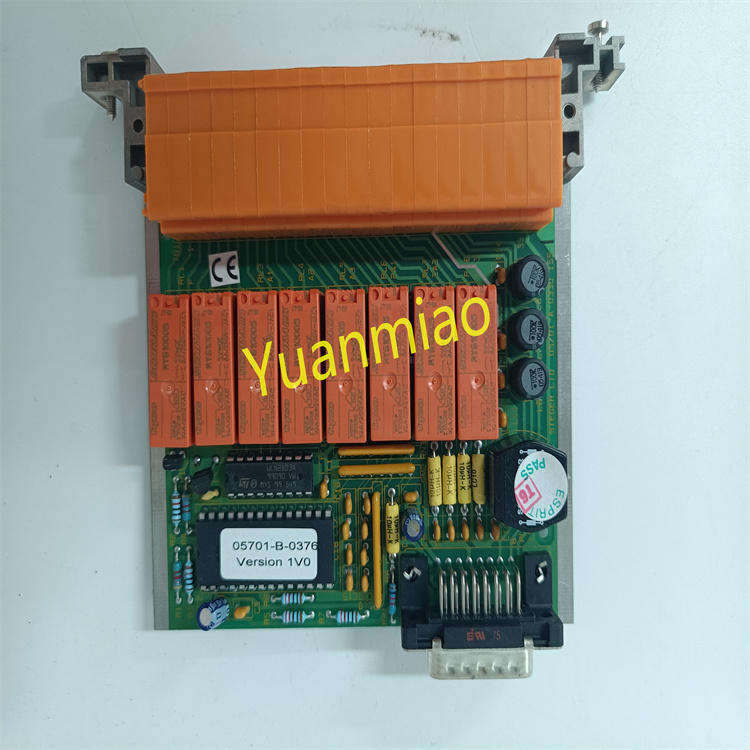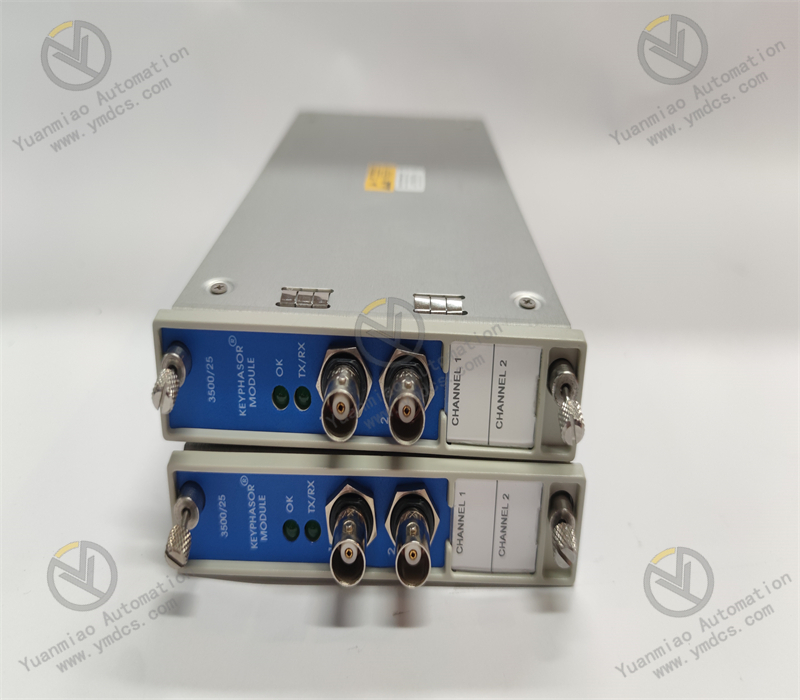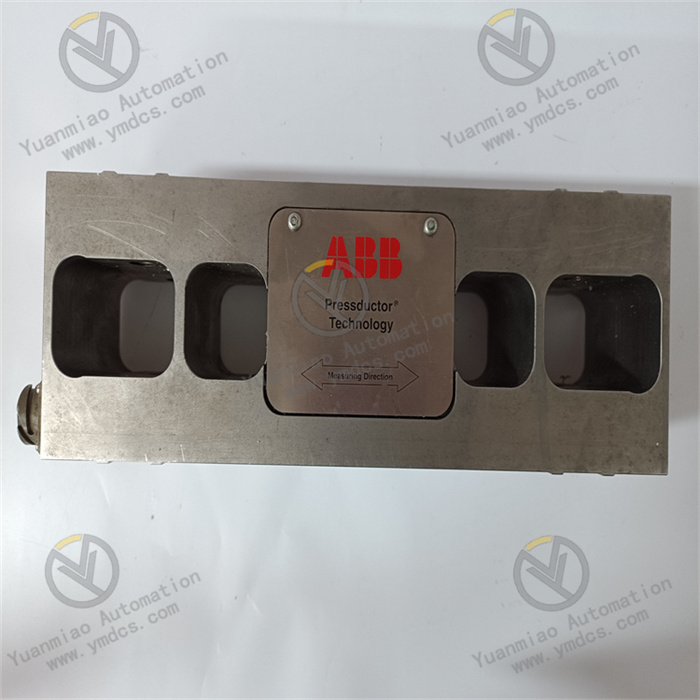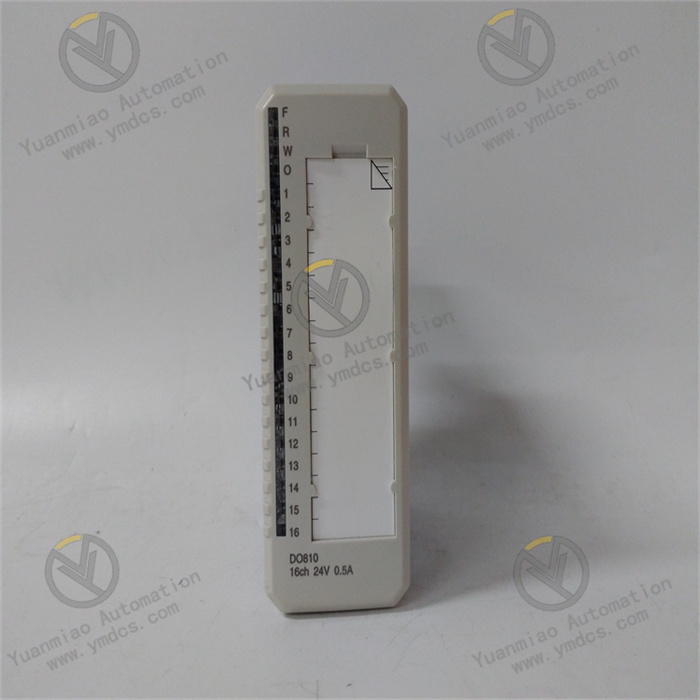Description
Main Features High-precision Measurement: It can achieve high-precision analog signal acquisition and accurately measure analog inputs such as voltage and current, providing accurate data support for the control system to meet the high requirements for measurement accuracy in industrial production. Support for Multiple Input Types: It supports multiple types of analog inputs, such as 4 - 20mA current input and 0 - 10V voltage input, etc. It can be adapted to different types of sensors and field devices, facilitating system integration and configuration. Good Isolation Performance: It has good electrical isolation performance, effectively isolating the input signal from the internal circuit of the module, enhancing the anti-interference ability of the system, protecting the module and the control system from electrical interference and voltage fluctuations, and improving the stability and reliability of the system. Independent Channel Configuration: Each input channel can be configured independently, including input type, range, filtering parameters, etc. It can be flexibly set according to actual application requirements to meet diverse measurement requirements. Status Indication Function: The module is equipped with status indicator lights, which can intuitively display the working status of the module and the operation of each channel, facilitating real-time monitoring and troubleshooting by operators, such as whether the channel is working properly and whether there is a fault alarm.
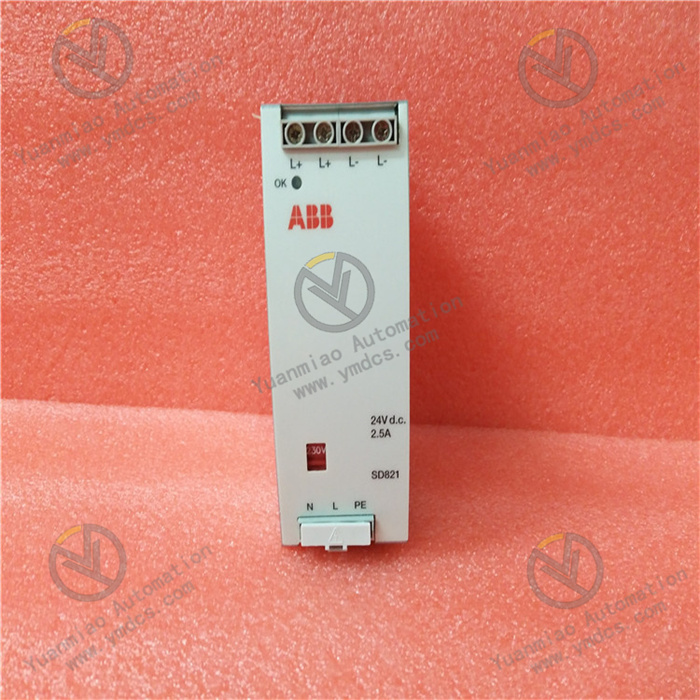
Technical Parameters
Number of Input Channels: Usually, it has multiple analog input channels (the specific number needs to refer to the product manual), and can simultaneously collect multiple channels of analog signals, improving the collection efficiency of the system.
Input Range:
Current Input: For example, 4 - 20mA, the measurement accuracy can reach ±0.1% FS (Full Scale) or higher.
Voltage Input: For example, 0 - 10V, it also has a relatively high measurement accuracy.
Sampling Period: The sampling period is relatively short, which can quickly capture the changes of analog signals and transmit the data to the control system in a timely manner. Generally, the sampling period is within dozens of milliseconds.
Isolation Voltage: It has a relatively high isolation voltage, such as 1500V AC or higher, ensuring the effectiveness of electrical isolation.
Operating Temperature Range: Generally, it can work stably within the temperature range of 0°C to 55°C, adapting to certain temperature changes in the industrial environment.
Power Supply Requirements: Usually, it is powered by 24V DC to meet the normal operation requirements of the module.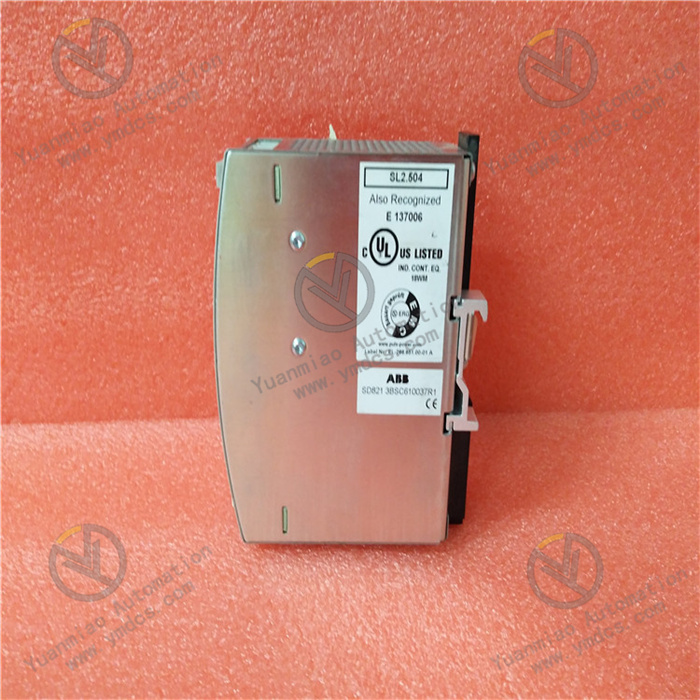
Application Fields
Process Industry: In process industries such as chemical industry, petroleum, natural gas, and power, it is used to monitor and control various parameters in the production process, such as the pressure, flow rate, and temperature in pipelines, and the liquid level and composition in reactors. By collecting analog signals, it provides accurate process data for the control system to achieve the automatic control and optimization of the production process.
Manufacturing Industry: In the automated production lines of the manufacturing industry, it can collect the operation parameters of various devices, such as the position feedback signals of robotic arms and the speed signals of conveyor belts, providing data support for the monitoring and control of the operation status of devices, and improving production efficiency and product quality.
Energy Management: In energy production and distribution systems, such as power plants, substations, and smart grids, it is used to measure and monitor energy-related parameters, such as voltage, current, and power, etc., helping to achieve the efficient utilization and optimized management of energy.
Building Automation: In the building automation systems of intelligent buildings, it can collect environmental parameters (such as temperature, humidity, and light intensity) and device operation parameters (such as the pressure and flow rate of the air conditioning system), achieving the intelligent control and management of the environment and devices in the building, and improving the comfort and energy efficiency of the building.
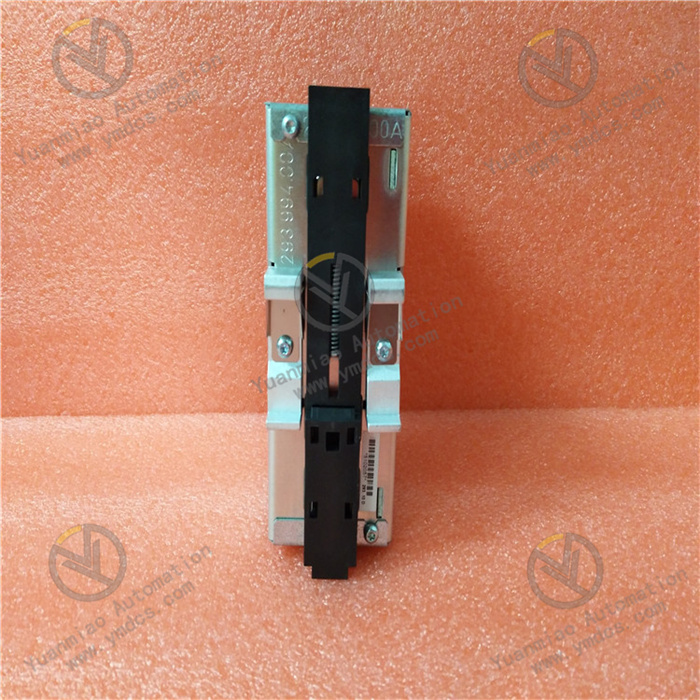 Installation Guide
Installation Environment Preparation: Select a dry, well-ventilated place with a temperature within the range of 0°C to 55°C for installation. Avoid installing it in places with direct sunlight, humidity, a lot of dust, or corrosive gases, and keep it away from strong electromagnetic interference sources.
DIN Rail Installation: The SD821 usually adopts the standard DIN rail installation method. First, fix the DIN rail in an appropriate position in the control cabinet to ensure that the rail is firmly installed. Then, snap the SD821 module onto the DIN rail and fix the module with the snap fasteners or screws on the rail to make it closely connected to the rail and prevent loosening.
Electrical Connection: Confirm the input power supply specifications of the SD821, which is generally a 24V DC power supply. Connect the positive and negative poles of the power supply to the corresponding power input terminals of the SD821 module respectively, ensuring a firm connection and avoiding power failures caused by poor contact. If the SD821 needs to communicate with other devices or connect I/O modules, etc., connect the corresponding communication cables and I/O signal lines according to the specific system configuration and requirements. Pay attention to connecting correctly according to the wiring diagram to ensure the accuracy and stability of signal transmission.
Installation Guide
Installation Environment Preparation: Select a dry, well-ventilated place with a temperature within the range of 0°C to 55°C for installation. Avoid installing it in places with direct sunlight, humidity, a lot of dust, or corrosive gases, and keep it away from strong electromagnetic interference sources.
DIN Rail Installation: The SD821 usually adopts the standard DIN rail installation method. First, fix the DIN rail in an appropriate position in the control cabinet to ensure that the rail is firmly installed. Then, snap the SD821 module onto the DIN rail and fix the module with the snap fasteners or screws on the rail to make it closely connected to the rail and prevent loosening.
Electrical Connection: Confirm the input power supply specifications of the SD821, which is generally a 24V DC power supply. Connect the positive and negative poles of the power supply to the corresponding power input terminals of the SD821 module respectively, ensuring a firm connection and avoiding power failures caused by poor contact. If the SD821 needs to communicate with other devices or connect I/O modules, etc., connect the corresponding communication cables and I/O signal lines according to the specific system configuration and requirements. Pay attention to connecting correctly according to the wiring diagram to ensure the accuracy and stability of signal transmission.
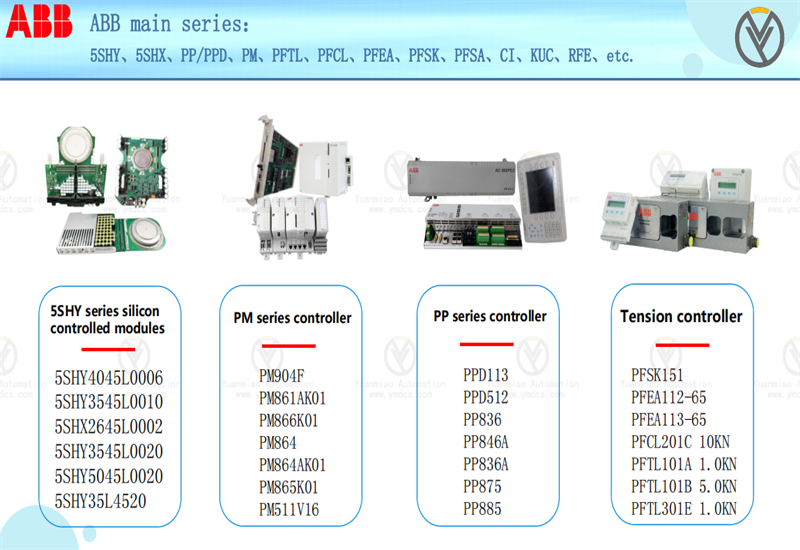
Debugging Guide
Pre-power-on Inspection: Before powering on the SD821, check again whether all installations and connections are correct, including power connections, communication cable connections, I/O signal line connections, etc. Ensure that there are no loose connections, short circuits, or incorrect wiring. Check whether the settings of switches, jumpers, etc. on the SD821 module meet the requirements of the actual application.
Power Supply Debugging: Turn on the power supply of the SD821, and use tools such as a multimeter to measure the output voltage of the module to confirm whether the output voltage is stable at the rated 24V DC voltage. If the output voltage is abnormal, check whether the power input is normal and whether the module is damaged. Observe whether the power indicator light on the SD821 module is on. If the indicator light is not on, it may be a power failure or a problem with the module itself, and further troubleshooting is required.
Communication Debugging: If the SD821 needs to communicate with other devices, such as PLCs, upper computers, etc., perform corresponding communication parameter settings according to the communication protocol and interface type used. For example, if it is Ethernet communication, set the IP address, subnet mask, gateway, and other parameters of the SD821 to ensure that it is in the same network segment as other devices. Use communication testing tools or related software to send and receive test data to check whether the communication is normal. You can verify the bidirectionality of communication and the accuracy of data transmission by reading the status information of the SD821 or sending control instructions.
I/O Function Debugging: If the SD821 is connected to I/O modules, debug the I/O functions. Input different signals to the input module, such as analog signals or digital signals, and then check whether the collection of the input signals is correct in the monitoring software of the SD821 or related programming tools. Test the output module. Send control signals through the SD821 to check whether the output module can correctly drive external devices, such as relays, indicator lights, motors, etc. You can gradually adjust the size or status of the input signals and observe whether the response of the output devices meets the expectations, thereby verifying the correctness of the I/O functions.
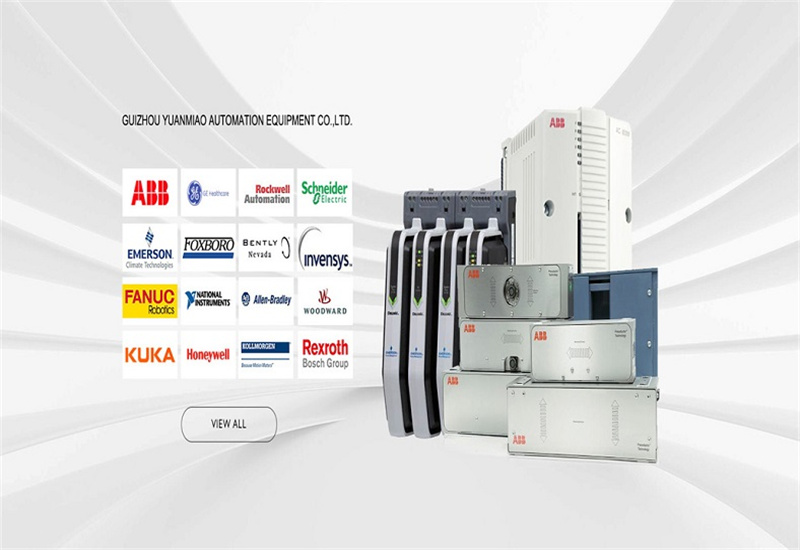
ABB Related Products
| SC610 3BSE001552R1 | SB821 3BSE018109R1 |
| SC513 3BSE000435R1 | SB822 3BSE018172R1 |
| SC520 3BSE003816R1 | SC510 3BSE003832R1 |
| SC560 3BSE008105R1 | SB512 3BSE002098R1 |
| SC530 3BSE000435R1 | SB520 3BSC760004R1 |
| SC540 3BSE006096R1 | SB522 3BSC760009R1 |
| TB807 3BSE008538R1 | TB842 3BSE022464R1 |
| TB810 3BSE008560R1 | TB845 3BSE021437R1 |
| TB811 3BSE008568R1 | TB846 3BSE021439R1 |
| TB815 3BSE013204R1 | TB840 3BSE021456R1 |
Service Advantages:
✅ Original imports with quality assurance
✅ Ample stock for rapid delivery
✅ Professional team for technical support
✅ Global logistics for worry-free coverage


